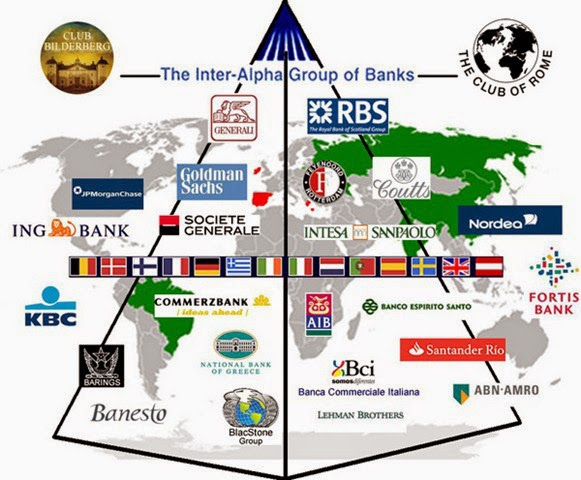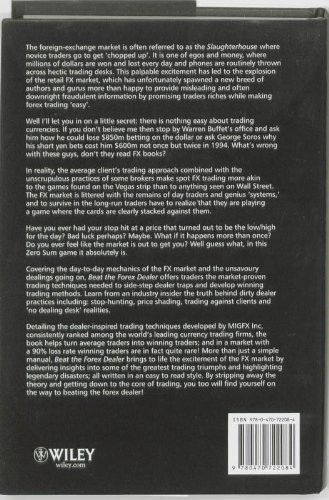
A high working capital turnover ratio implies that the company is very efficient in using its current assets and liabilities to support its sales. In other words, for every rupee employed or used in the business, it is able to generate a higher amount of sales. However, a lower working capital ratio means that the amount employed in working capital is higher and that the turnover is not up to the mark. In other words, the turnover is lower than the minimum levels as per the given amount of working capital employed. As a rule of thumb, the high ratio shows that the management is efficiently utilizing the company’s short term assets.

Lastly, managing bill payments to suppliers is another way to improve this ratio. For example, management may decide to pay the supplier early to get the discount offered, thus saving more cash. Or, they decide to switch to another supplier which offers more lenient credit terms. So, the company can use it to pay bills, increase working capital, or be invested.
How to Calculate the Working Capital Turnover Ratio?
Say Company A had net sales of $750,000 last year and working capital of $75,000. Company A’s working capital turnover ratio is 10, which means the company spent that $75,000 ten times to generate its $750,000 in sales. Working capital is very instrumental in running the day-to-day activities of a business. It is the amount of money that ensures that the business can pay its short term debts and bills like employees’ salaries. Using the numbers above, the net working capital works out as the difference between the current assets and current liabilities, which equals $95,000.
What is meant by working capital a level?
The amount of money that a business has available to conduct it'd day to day activities.
In other words, it earns more revenue per dollar of working capital employed. The (WCTR) is a significant indicator of the efficiency of the Company and how well it is doing compared to its competitors. The (WCTR) gives an indication of efficiency in the utilization of the working capital.
Working Capital Turnover Ratio: Definition & Formula
The Working Capital Turnover Ratio is calculated by dividing the company’s net annual sales by its average working capital. Slipping below 1.2 could mean the business will struggle to pay its bills, depending on its operating cycle and how working capital turnover ratio can be determined by quickly it can collect receivables. Below 1, a business is operating with a net negative working capital position. However, it’s worth noting that working capital ratio can be influenced by temporary factors and is sometimes misleading.
Working Capital Turnover Ratio is a financial ratio which shows how efficiently a company is utilizing its working capital to generate revenue. The Working Capital Turnover Ratio is also called Net Sales to Working Capital. To fully understand this ratio, first, we must fully understand Working Capital. A company with a high working capital turnover ratio will likely be doing well and require little extra finance.
What is the working capital turnover ratio and why is it important?
However, companies can also calculate this ratio for a specific period of time as well since changes in liabilities or assets can affect a company’s working capital turnover ratio. Yes, it’s entirely possible for a business to have a negative working capital turnover ratio. Typically, a negative working capital turnover ratio indicates significant financial trouble.

This may indicate that the company is having difficulty paying bills as they come due. Blue Company, on the other hand, had $500,000 in sales and $125,000 in working capital. Blue Company spent its working capital only four times throughout the year to generate the same level of sales as Red Company.
Example of the Working Capital Turnover Ratio
On the surface, it appears that you are operating at very high efficiency, but in reality, your working capital level might be dangerously low. Very low working capital can possibly cause you to run out of money to fund your business. Using the previous example, assume you have the same net sales but instead have $50,000 in average working capital. A working capital turnover ratio is generally considered high when it is greater than the turnover ratios of similar companies in the same industry.
- The higher the revenue generated for every dollar of working capital used, the better.
- On the surface, it appears that you are operating at very high efficiency, but in reality, your working capital level might be dangerously low.
- If you’re working with very low working capital funds, you may run out of money to fund your business.
- Thus, it can increase profitability and support more revenue in the future.
If successful, the inventory is quickly released and replaced with new ones to meet high sales. In addition to getting revenue faster, the company can also minimize the capital tied up in inventory. Let’s look at a couple working capital turnover ratio examples to bring some context as to why this metric is so useful for measuring efficiency.
Meanwhile, a low ratio is a sign of power management of the business resulting in the accumulation of inventories and accounts receivable. Hence, they’re taking longer to be converted into cash leading to sales on credit. The inventory becomes outdated and accounts receivable become written off as bad debt. Working capital turnover ratio is a financial metric that measures a company’s ability to efficiently utilise its working capital to generate revenue. This ratio is a key indicator of a company’s financial health as it helps to determine how efficiently the company is managing its short-term assets and liabilities.
3 AI Stocks to Buy Now and Hold Forever – The Motley Fool
3 AI Stocks to Buy Now and Hold Forever.
Posted: Sat, 10 Jun 2023 07:00:00 GMT [source]
What is an example of a working capital ratio?
Working Capital Ratio = Current Assets ÷ Current Liabilities
For example, if your business has $500,000 in assets and $250,000 in liabilities, your working capital ratio is calculated by dividing the two. In this case, the ratio is 2.0.



